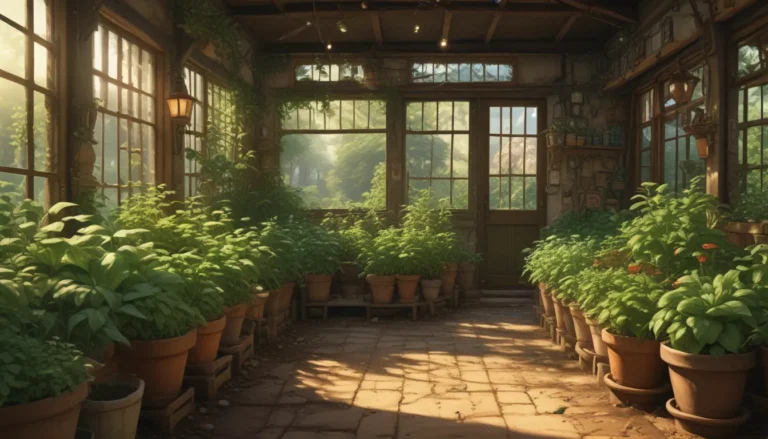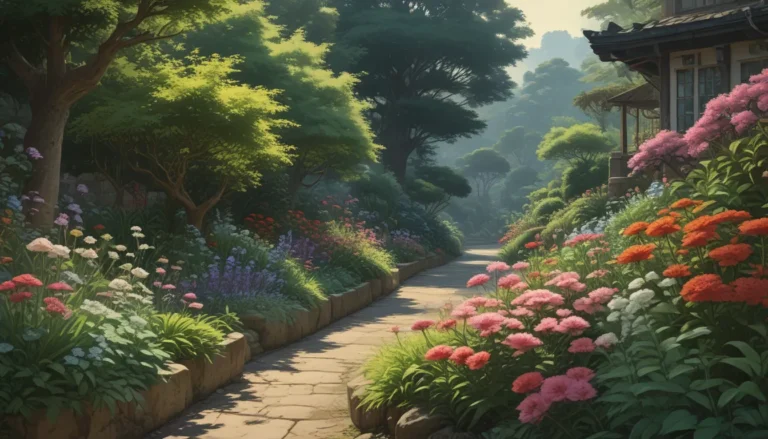Enhance Your Sweet Pea Garden with Pinching Techniques

Sweet peas, with their delicate yet vibrant blossoms, symbolize the essence of summer. These beautiful flowers meander gracefully through fences, archways, and trellises, basking in the warm sunshine. While sweet peas are relatively low-maintenance, implementing pinching techniques can transform them into a show-stopping display of blossoms.
In this comprehensive guide, we will delve into the art of pinching sweet peas to achieve bushier, more floriferous growth. We’ll explore the nuances of pinching at various stages of plant development and discuss the benefits of this simple yet effective practice. So, let’s get started on enhancing the beauty of your sweet pea garden!
Why Pinch Sweet Peas?
Pinching is akin to pruning on a smaller scale – it involves the meticulous removal of herbaceous stems to promote bushier growth and increased flower production. By strategically pinching your sweet pea plants, you can redirect growth hormones and stimulate lateral branching, resulting in a more lush and abundant display of blooms.
When you pinch a plant, you signal to it that the pruned area is unproductive, prompting the plant to allocate resources to other parts for enhanced growth. This temporary reduction in apical dominance, where the main stem receives most of the energy, encourages lateral growth and the development of multiple flowering stems.
What You’ll Learn
Here’s a sneak peek at what we’ll cover in this guide:
- Why Pinch Sweet Peas?
- Shape Young Plants
- Shape Maturing Plants
- Deadhead
Shape Young Plants
When your sweet pea vines are about six inches tall, it’s time to implement pinching to encourage bushier growth. Using your fingernails or sharp scissors, remove the central tip of the main stem, leaving behind three to four leaf nodes.
For leggy plants, you may need to prune back the stem significantly to promote branching. Repeat this process for foot-tall, branched vines to stimulate lateral growth in multiple areas. Remember, a well-pinched plant in its early stages sets the foundation for a fuller, robust display of blossoms.
Shape Maturing Plants
While older sweet pea plants may not require frequent pinching, you can enhance their appearance by pruning thinner areas with limited branching. By selectively cutting back stems to the next leaf node in sparse regions, you can encourage the plant to produce more lateral growth and fuller foliage.
Deadhead
To prolong the flowering period and promote continuous blooming, deadheading is essential. As blossoms begin to fade, pinch or cut them off while counting back a leaf node or two. This practice directs the plant’s energy towards new growth and prevents seed formation, ensuring a sustained display of vibrant flowers throughout the season.
Remember to promptly remove any seed pods that form, as they divert resources away from flower production. However, if you plan to harvest seeds, allow the pods to mature fully before collecting them for future planting.
Give ‘Em the Pinch
While sweet peas can thrive without pinching, incorporating this technique can significantly enhance their appearance and flower production. A little extra effort in pinching can go a long way in transforming your sweet pea garden into a dazzling showcase of floral beauty.
How do you prefer to grow your sweet peas – along fences, archways, or trellises? Share your gardening tips and experiences in the comments below!
If you’re interested in exploring other flowering vines for your garden, check out these informative guides next:
- How to Grow and Care for Clematis
- How to Grow and Care for Wisteria
- How to Grow and Care for Hyacinth Bean Vines
Thank you for reading, and happy gardening!





